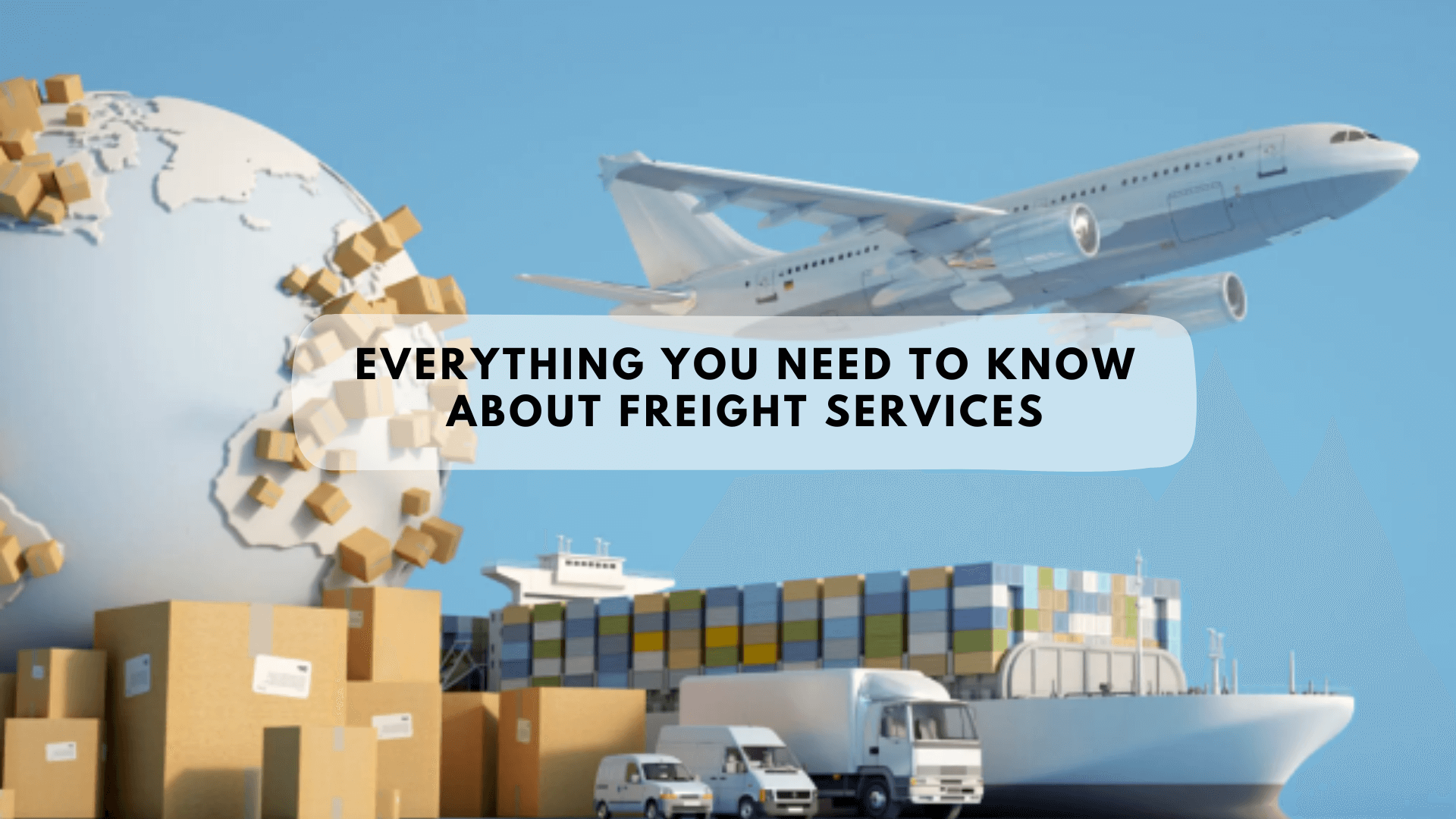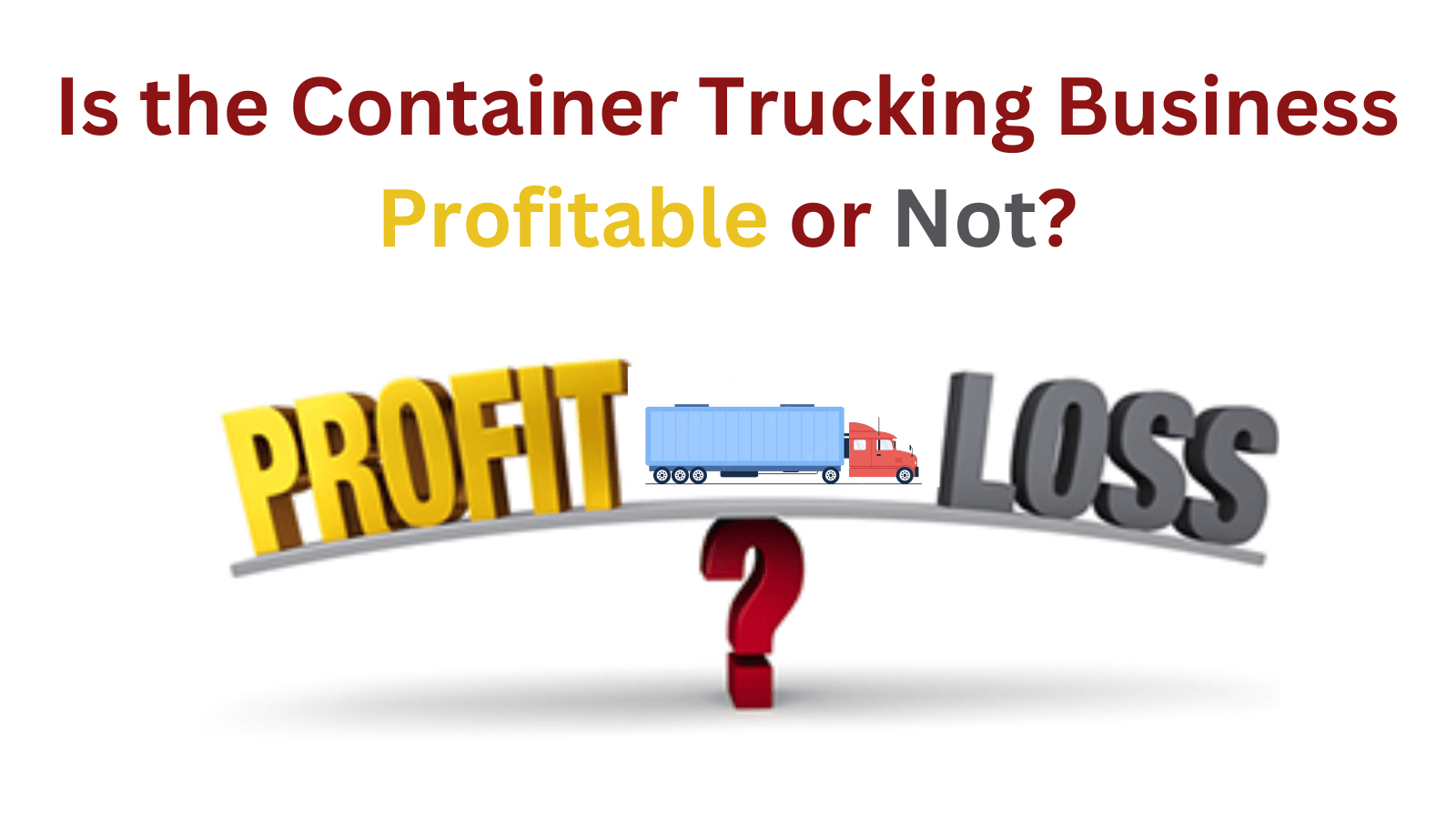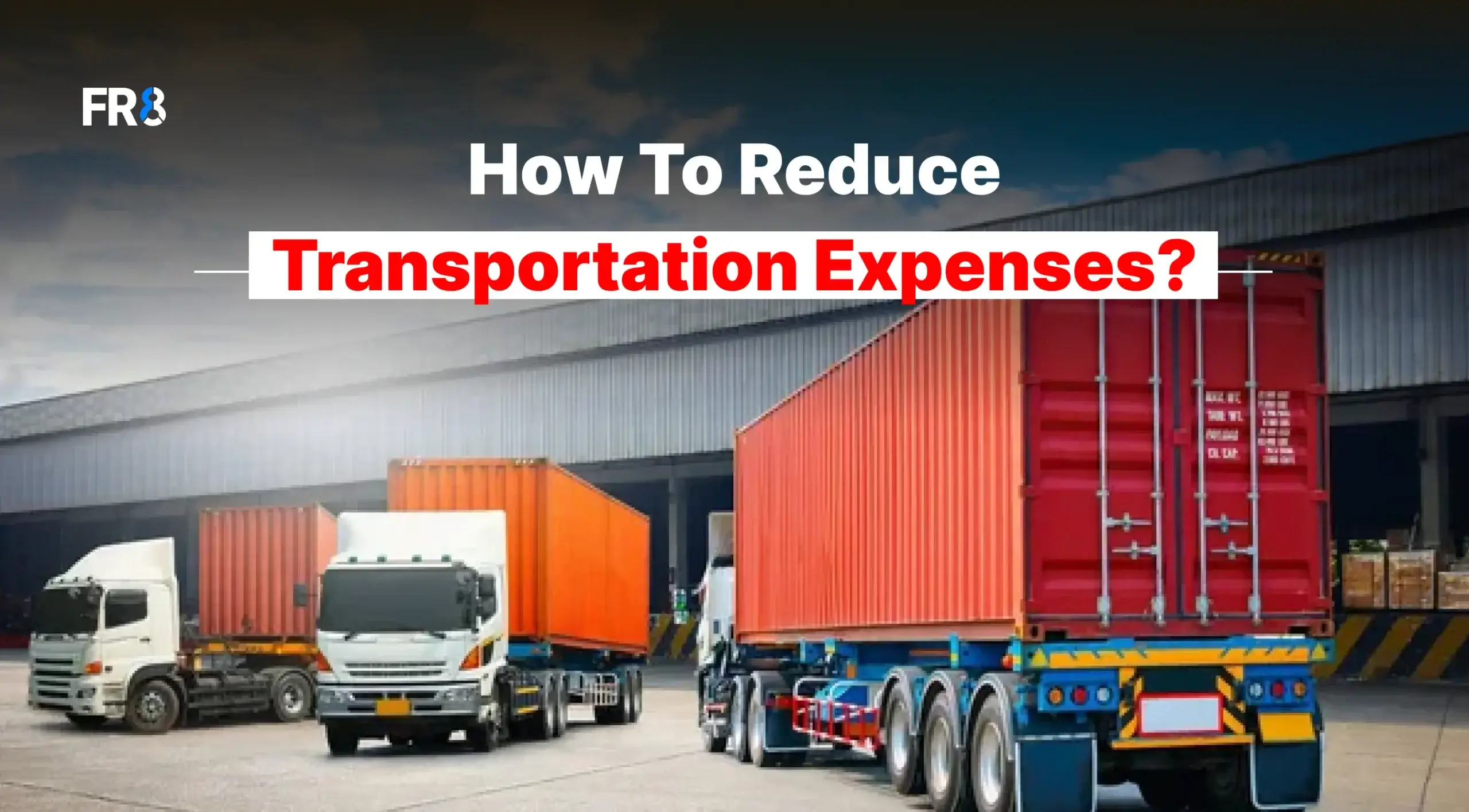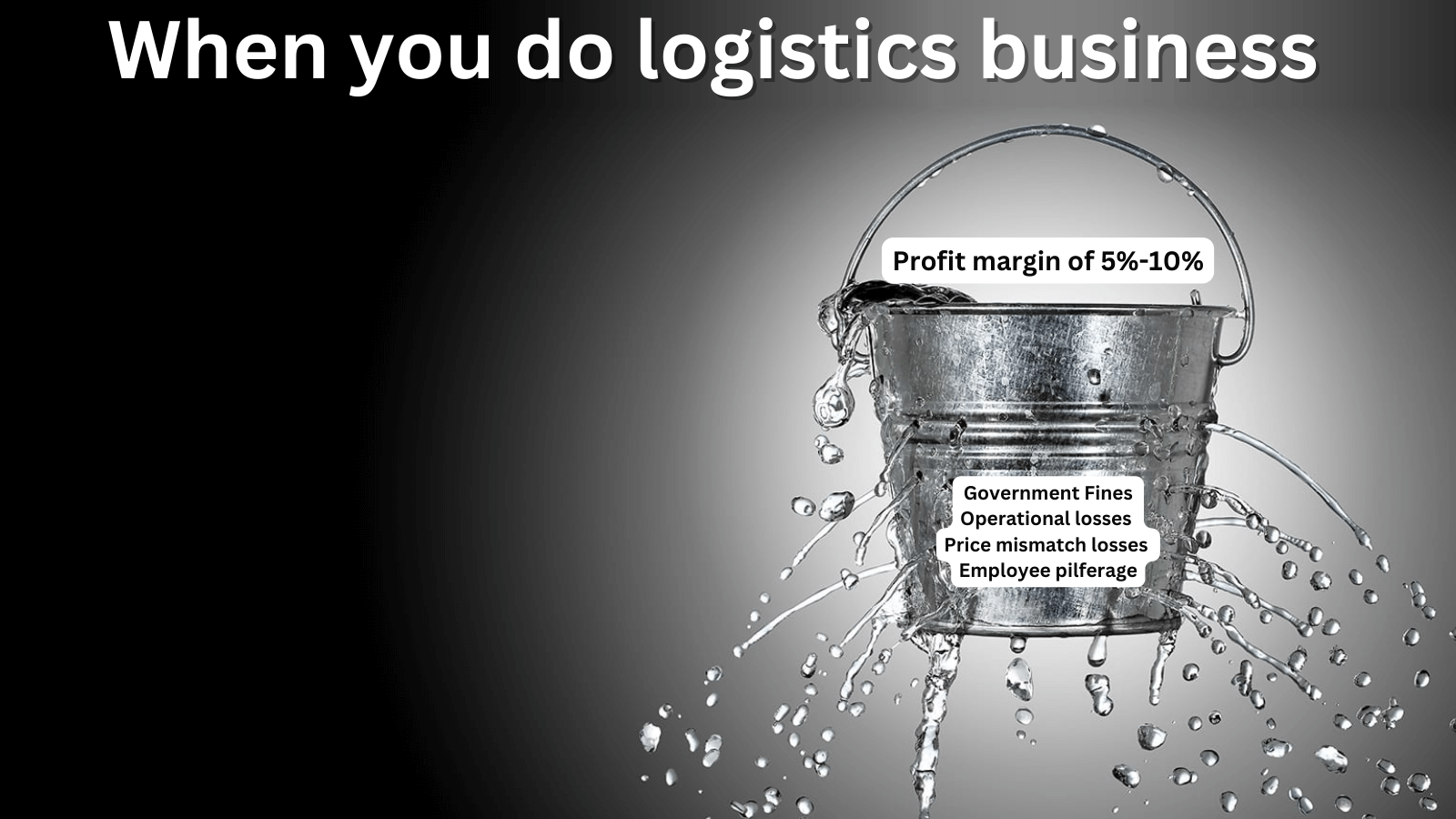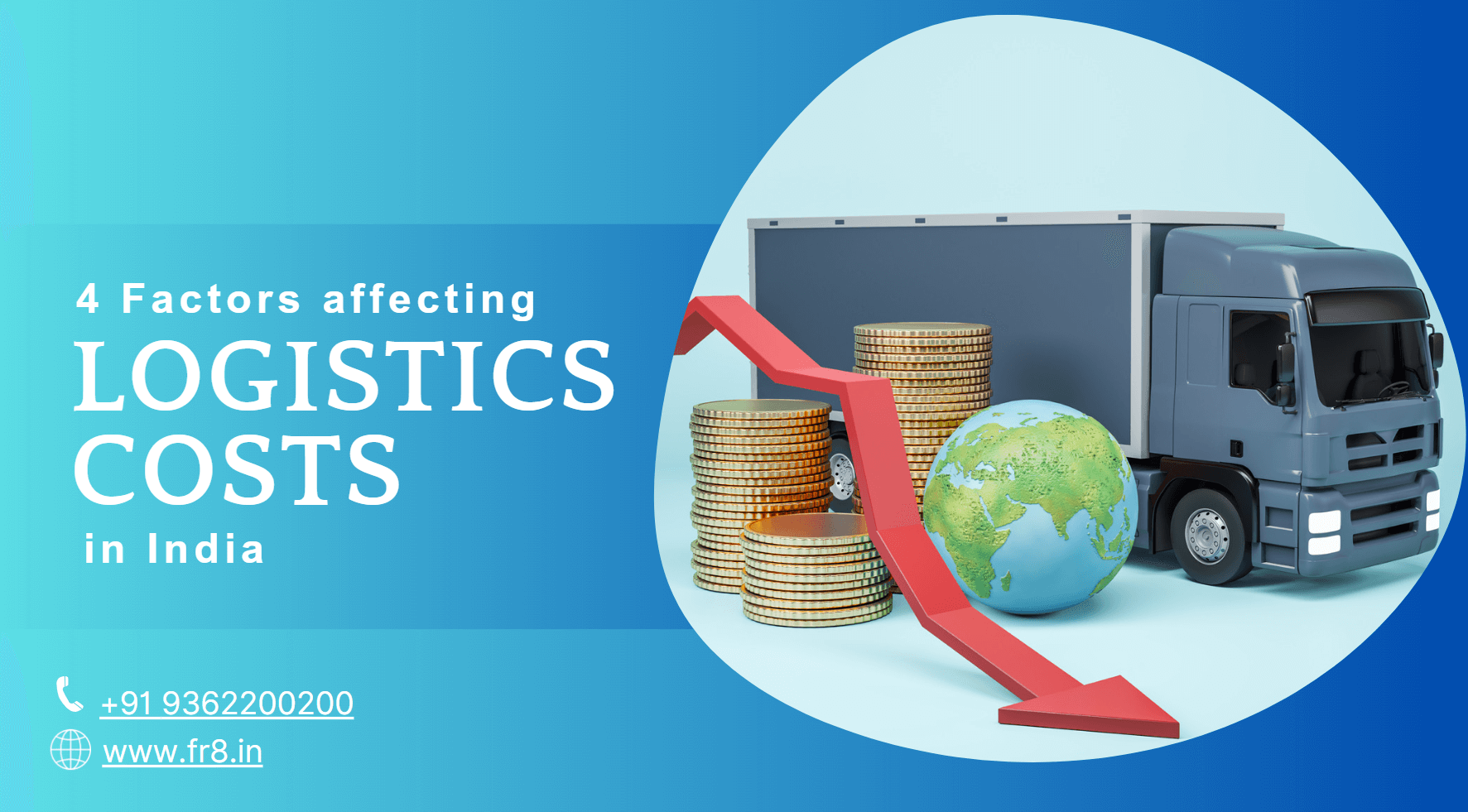
A nation’s strength is determined by its GDP percentage; for that to happen, it relies on sound logistics and transport management. The explosion of innovation and technology paved the way for the booming e-commerce industry, which can now meet the wide-ranging needs of a diverse nation.
An unbeatable partnership between logistics transportation and e-commerce generates significant revenue for various goods and services.
Costs are associated with the exchange of goods and the trading world. Since there are many factors to consider when deciding on trucking rates, determining logistics costs is not simple. Many important factors heavily influence the cost of the logistics industry in India.
The four major factors that enhance the cost of logistics are mentioned below:
Table of Contents
1) Cost of operating (a truck)
In India, the cost of operating a truck can vary depending on both fixed and variable costs. The fixed cost must be incurred by the truck owner whether the truck is in motion or not, whereas the variable cost is subjective when the truck is on the road.
Fixed costs
- Financing and depreciation: If the truck owner purchases the truck through banks or financial institutions, he is obliged to pay for both the principal and interest amount even if the truck is not operating. Trucks depreciate in value over time, and this cost must be factored in.
- Insurance: By law, truck owners must have comprehensive insurance coverage for their vehicles. Third-party insurance is required, but comprehensive insurance provides additional protection against damage, theft, and accidents.
- Tolls: India has a vast network of toll roads, and trucks are subject to tolls based on distance travelled and vehicle type.
- Permits and Taxes: In order to comply with government regulations, truck owners must obtain various permits and pay taxes. This includes road permits, state entry taxes, vehicle fitness certificates, and other necessary documentation. Failure to comply may result in fines and penalties.
Variable costs
- Maintenance: is essential for keeping the truck in top working order. Engine servicing, oil changes, tire replacements, brake repairs, and other routine maintenance tasks are included.
- Driver Wages and Benefits: Truck drivers play an important role in the transportation industry. Their pay and benefits contribute to the overall cost of truck operation. Meals, lodging, and allowances are among the other expenses associated with drivers.
- Fuel expenses: account for a sizable portion of truck operating costs. Diesel prices fluctuate in response to global oil prices and government policies.
2) The number of people in the chain
The price of moving goods from one location to another is determined by the number of players in the loop, namely:
- Load owner – someone who needs to be convinced of the truck service’s cost and the possibility of safe delivery. It should also fit his budget.
- Transporter – Who has onus on the transportation of the goods and takes care of the working capital of the transportation.
- Middlemen, also known as brokers, charge 10 to 15% for negotiating a deal between the sender and the truck owner. Despite the fact that they are intermediaries, they bring a level of trust that allows both parties to agree to the transaction.
- Truck owners must charge a price that takes into account variable and fixed costs, broker commissions, and return trips, as well as ensure client satisfaction for repeat orders.
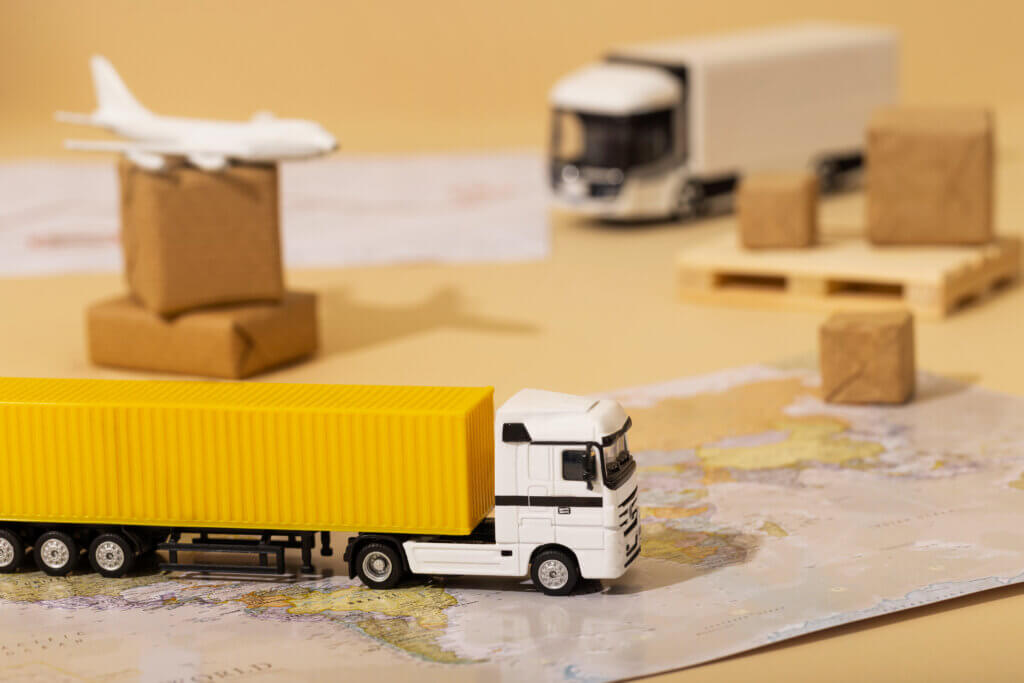
Discover our wide range of other articles about India’s Logistics Industry.
3) Supply and demand
How is it possible that supply and demand factors do not come into play when the cost factor is calculated due to the fluctuations happening in various regions? Some of the most common
Availability of trucks in the place
The types of trucks in the place and their availability is also accounted for. Depending upon the product transported the truck should be capable of handling the product. E.g., perishable commodities, cold storage, highly inflammable items. The cost fluctuates according to it.
Availability of labour and wages
The availability of skilled labour and current labour wages have an impact on logistics costs. A shortage of skilled labour or increased labour wages can result in higher costs for activities such as loading, unloading, and warehouse operations.
Manufacturing and production locations
The concentration of industries in specific regions may create higher demand for transportation and warehousing services in those areas. It can be agricultural production areas, dairy or poultry farm areas, automobiles spare parts areas (Chennai), Steel industries (Jamshedpur), and refinery places (Jamnagar).
E-commerce
The growth of e-commerce and changing consumer behaviour have a significant impact on logistics supply and demand. The rise in online shopping and direct consumer deliveries has increased the need for efficient last-mile logistics.
4) Seasonal factors
In India, seasonal factors have a significant impact on logistics costs. India has a wide range of climatic conditions and experiences all seasons accordingly. As the seasons change, so do the challenges and fluctuations in logistics operations, which have an impact on costs.
Monsoon Season
The monsoon season starts with the southwest moon bringing cheers to the agricultural community from June to September. However, these weather conditions often result in infrastructure damage, road closures, and disruptions in transportation networks. This eventually leads to costs due to extended travel time, fuel consumption, and the need for alternative routes.
Festival Season
India celebrates various festivals because many religions are practised here and many state cultures celebrate their regional festivals. Consumer demand for goods and services increases during these times. The logistics industry sees a significant increase in transportation volume and delivery requirements to meet increased market demand. This results in higher costs due to increased fuel consumption, labour costs, and the need for additional storage facilities.
Agricultural Season
As an agrarian country, there are two seasons: rabi (October and November) and kharif (April-May), during which all preparations for sowing, nurturing, and harvesting of crops are made. During the harvest season, there is a greater demand for crop transportation from rural areas to urban centers or processing plants. This results in higher freight rates, storage costs, and equipment costs.
What is the role of FR8?
Thanks to the discussion above, we now have a clear understanding of the various factors affecting cost. FR8, an online truck booking platform has appeared to provide consistency and price clarity. The FR8 mobile application and website platform is a by-product of innovation in the logistics sector, offering numerous advantages to those involved in the trucking industry.
To help load owners understand pricing trends for a specific destination, there is a “live pricing” feature. There is a choice for them to select. For truck owners, there is always a demand, and their trucks are always active. They can display the various truck models that they own.
The drivers receive a fair price for their services based on their experience level.
Email info@fr8.in or call +919362200200 to learn more.
Jay
Jay is the Co-founder and CTO of FR8. With 18 years of experience, Jay loves working on complex problem and providing simple technical solution. He likes training and empowering team by teaching them skills they need, questions they need to ask and answers they need to figure out instead of spoon feeding the answers.


